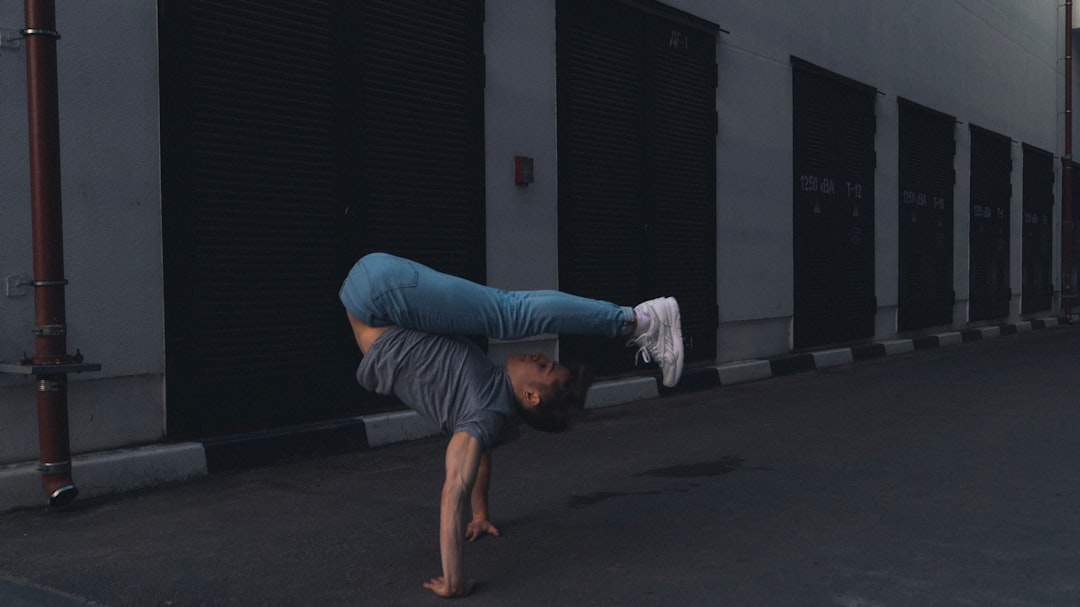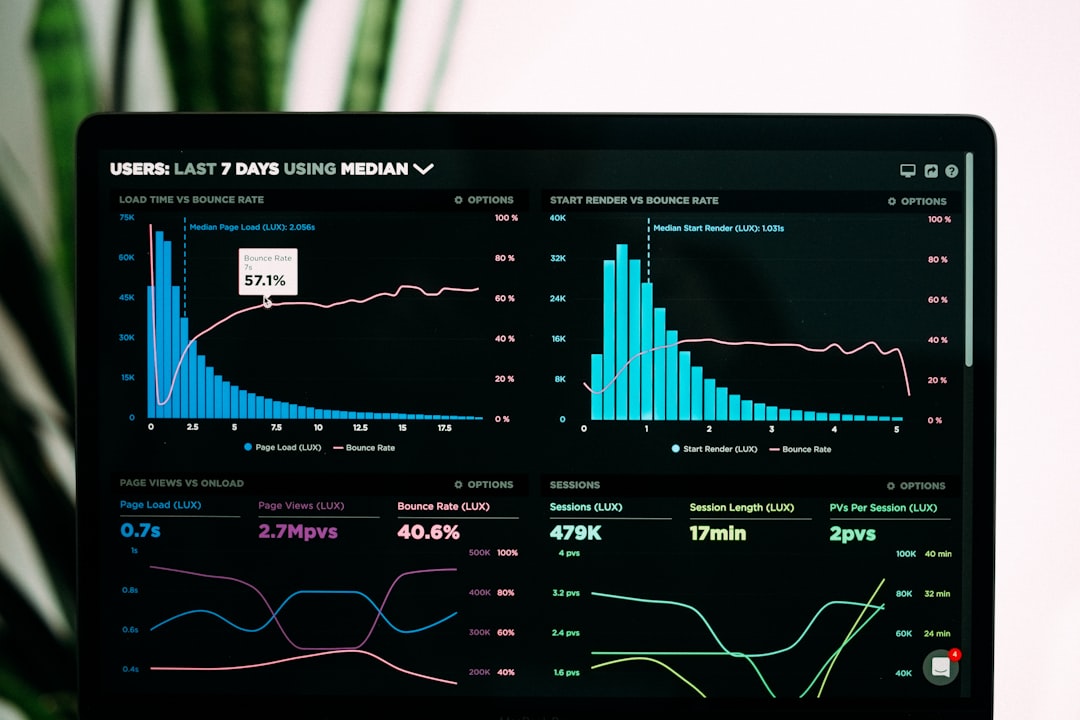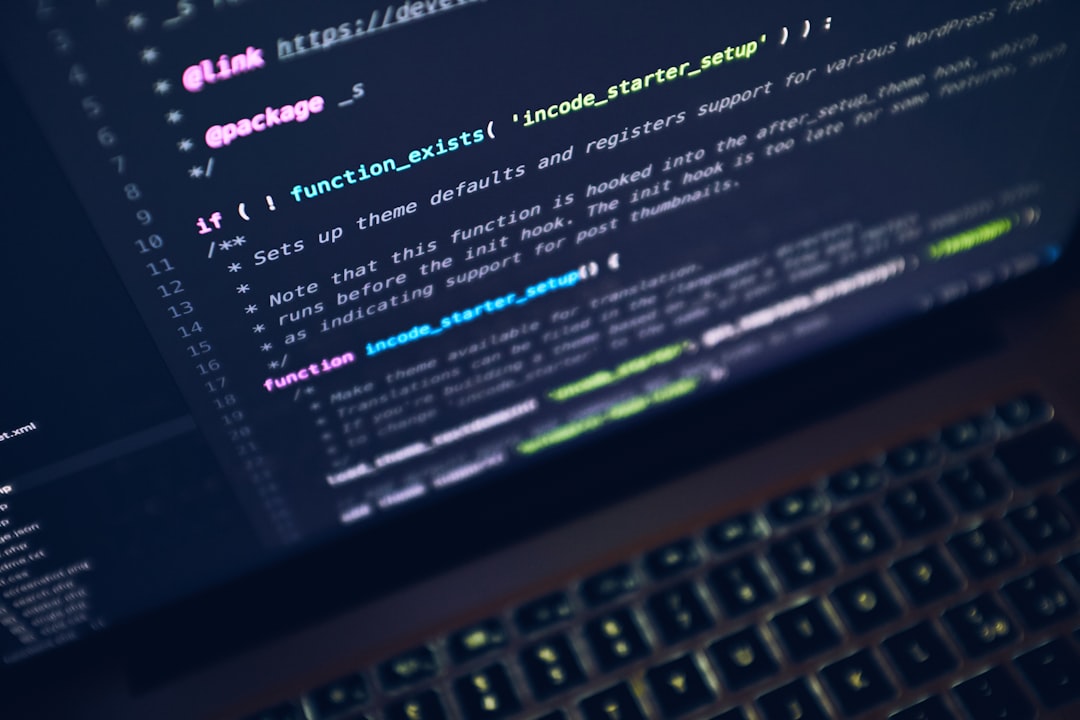Unlock encrypted content
Please enter your SSCE key to initiate on-the-fly decryption.
Decryption key: (Click cancel if you don't have the key)
Copied link to clipboard.
This feature is unavailable for free accounts. Upgrade now and enjoy all Premium benefits.
Go Premium!
This feature is unavailable for free accounts. Upgrade now and enjoy all Premium benefits.
Go Premium!
Please open this page in browser ( Google Chrome or Safari ) to use this feature.
Open In Browser
The Future of Collaborative Video Editing: Embracing Cloud Infrastructure and Transhumanism.
Random related video for this blog.
Copied share link to clipboard.
Collaborative video editing is transforming the landscape of digital content creation, enabling teams to work seamlessly across distances. This article delves into the intricacies of collaborative video editing, focusing on the benefits of cloud infrastructure, simple setup processes, and the human-machine connection that underpins modern creativity. As we explore this rapidly evolving field, we will also touch upon the implications of transhumanism, cyborgs, and androids, alongside the challenges posed by data sovereignty and NAS limitations.
Collaborative Video Editing Overview
In recent years, the demand for collaborative video editing tools has surged, driven by the rise of remote work and globalized teams. Traditional video editing methods often involve cumbersome file transfers and version control issues, which can hinder productivity. However, cloud-based solutions have emerged as a game-changer, allowing multiple users to access, edit, and share video projects in real-time. Platforms like FileLu offer this functionality, enabling users to zip entire folders and upload them effortlessly, streamlining the editing process. For example, consider a film production team scattered across different cities. Using a cloud infrastructure, each team member can upload their footage to a centralized platform, where they can collaborate on editing without the need for physical meetings. This not only saves time but also enhances creativity, as diverse perspectives come together in a shared digital space. The simplicity of the setup allows even those with minimal technical expertise to join the editing process, fostering a more inclusive environment for creative expression. Moreover, the human-machine connection plays a vital role in this collaborative landscape. As technology advances, video editing software becomes increasingly intuitive, incorporating features like AI-driven editing suggestions and automated scene detection. This synergy between human creativity and machine efficiency opens new avenues for storytelling, pushing the boundaries of what is possible in video production. By leveraging these tools, creators canfocus more on their artistic vision while allowing technology to handle the more tedious aspects of editing.
Data Sovereignty and NAS Limitations
As organizations migrate to cloud-based solutions for collaborative video editing, data sovereignty becomes a significant concern. Data sovereignty refers to the legal and regulatory framework governing the storage and transfer of data across borders. With various countries implementing strict data protection laws, businesses must ensure compliance to avoid potential legal repercussions. This challenge is particularly relevant for video editors handling sensitive content or working with international clients. Network-attached storage (NAS) systems, while popular for local storage, present limitations when it comes to collaboration. NAS devices typically require manual updates and can suffer from performance issues when accessed by multiple users simultaneously. In contrast, cloud solutions like FileLu provide robust infrastructure designed for high-demand scenarios, allowing users to upload files and collaborate without the constraints imposed by physical hardware. By utilizing cloud storage, teams can circumvent NAS limitations, ensuring that their projects remain accessible and secure regardless of location. Furthermore, the growing trend of transhumanism raises questions about how technology will further intertwine with human capabilities. As video editing tools evolve, the potential for cyborgs and androids to assist in the creative process becomes more plausible. Imagine a future where artists collaborate with AI-driven avatars that can suggest edits, analyze audience reactions, and even generate content based on user preferences. This fusion of human creativity and advanced technology could redefine the landscape of video production, leading to unprecedented forms of expression.FileLu.com Pricing and Features
FileLu offers a range of pricing plans to accommodate various needs, making it an attractive option for individuals and organizations alike. With free plans providing up to 30 GB of storage and premium plans offering up to 500 TB, users can select a package that aligns with their specific requirements. The pricing structure is notably competitive, starting as low as 99 cents per month, which is a boon for startups and independent creators looking to manage costs while accessing powerful collaborative tools. One of the standout features of FileLu is its capacity for large file transfers, allowing users to send files up to 10 GB for free. For premium users, there are no file size limits, making it ideal for video editors working with high-resolution footage. Additionally, the platform's commitment to data privacy is evident in its robust security measures, including SSL protection and the option for Secure Solo Cipher Encryption (SSCE). This focus on security is particularly important in the realm of collaborative video editing, where sensitive content is often shared among multiple stakeholders. Moreover, FileLu's user-friendly interface and simple setup process facilitate seamless collaboration. Users can easily upload videos, share files, and work on projects together, eliminating the headaches often associated with traditional editing workflows. The platform also supports various file types, ensuring compatibility with diverse editing software. As collaborative video editing continues to evolve, FileLu positions itself as a leader in providing the necessary tools for modern creators.Implications of Transhumanism
The concept of transhumanism, which advocates for enhancing the human condition through advanced technologies, has profound implications for the future of video editing. As we integrate more sophisticated tools into our creative processes, the line between human and machine blurs. This raises ethical questions about creativity and authorship; if a cyborg or AI-generated entity contributes significantly to a project, who holds the rights to that work? Furthermore, the rise of cyborgs and androids in creative fields could lead to a paradigm shift in how we perceive artistry. As machines become capable of generating content autonomously, traditional notions of creativity may evolve. This could lead to a new genre of video editing where human editors collaborate with AI to create hybrid works that blend human intuition with machine precision. The implications for storytelling are vast, allowing for more intricate narratives and innovative visual experiences. Additionally, the integration of technology into our creative processes can enhance accessibility for individuals with disabilities. Advanced editing tools can assist those who may struggle with traditional methods, opening doors for diverse voices and perspectives in video production. This inclusivity aligns with the principles of transhumanism, striving for a future where technology empowers all individuals to express themselves creatively.Conclusion
The landscape of collaborative video editing is rapidly evolving, driven by advancements in cloud infrastructure and the ongoing dialogue surrounding transhumanism. As teams embrace these technologies, they unlock new levels of creativity and efficiency, transforming how we approach video production. By leveraging platforms like FileLu, creators can navigate the challenges of data sovereignty and NAS limitations while exploring the possibilities offered by human-machine connections. As we look to the future, the potential for cyborgs and AI to play a role in video editing raises intriguing questions about creativity, authorship, and inclusivity. By embracing these changes, we can foster a more dynamic and diverse creative community, pushing the boundaries of what is possible in storytelling. The journey of collaborative video editing is just beginning, and the opportunities ahead are boundless.Frequently Asked Questions (FAQs)
Question: What is collaborative video editing? Answer:
Collaborative video editing refers to the process where multiple users can work on video projects simultaneously, often using cloud-based tools.
Question: How does cloud infrastructure benefit video editing? Answer:
Cloud infrastructure allows for real-time collaboration, easy file sharing, and access to editing tools from anywhere, enhancing productivity and creativity.
Question: What are the pricing options for FileLu? Answer:
FileLu offers free plans up to 30 GB and premium plans starting at 99 cents per month, with storage options up to 500 TB.
Question: How does FileLu ensure data security? Answer:
FileLu employs SSL protection for data transfers and offers Secure Solo Cipher Encryption for added security, ensuring user privacy.
Question: What are NAS limitations in collaborative editing? Answer:
NAS systems can struggle with simultaneous access and require manual updates, which can hinder collaborative efforts compared to cloud solutions.
By Amelia Isabella.
Email: [email protected]
Related
The Future of File Management: High-Speed Downloads, Neuromorphic Storage, and...
May 31, 2023
Read More
Revolutionizing Data Storage: The Future of Centralized File Permissions, Wearable...
May 31, 2023
Read More
The Ultimate Unified Platform for Seamless File Integration and Collaboration.
May 31, 2023
Read More
Cutting-Edge Innovations in Cloud-Native Applications for Secure File Sharing.
May 31, 2023
Read More
Maximizing Efficiency with Real-time Collaboration, Protection, and Accessibility of Files.
May 31, 2023
Read More
Popular
The Future of File Management: Embracing Edge Computing and Efficient...
November 12, 2025
Read More
Exploring the Intersection of Technology: From Cybersecurity to Augmented Reality...
November 16, 2025
Read More
The Future of File Sharing: Streamlined Workflows for Photographers and...
November 19, 2025
Read More
The Future of Technology: Exploring Biohacking, Space Tourism, and Digital...
November 23, 2025
Read More
Exploring the Benefits of Cloud Storage and Innovative Technologies in...
November 26, 2025
Read More
The Future of Digital Transformation: Exploring Smart Homes, Efficient File...
November 30, 2025
Read More
Latest
The Future of Digital Transformation: Exploring Smart Homes, Efficient File...
November 30, 2025
Read More
Exploring the Benefits of Cloud Storage and Innovative Technologies in...
November 26, 2025
Read More
The Future of Technology: Exploring Biohacking, Space Tourism, and Digital...
November 23, 2025
Read More
The Future of File Sharing: Streamlined Workflows for Photographers and...
November 19, 2025
Read More
Exploring the Intersection of Technology: From Cybersecurity to Augmented Reality...
November 16, 2025
Read More
The Future of File Management: Embracing Edge Computing and Efficient...
November 12, 2025
Read More
The Future of File Sharing: Exploring User-Friendly Solutions and Data...
November 5, 2025
Read More
The Future of Cloud Storage: How FileLu Empowers Creative Professionals...
November 2, 2025
Read More
The Future of Autonomous Technologies: Innovations in Robotics, File Sharing,...
October 29, 2025
Read More
Emerging Technologies Revolutionizing File Management: From Li-Fi to Robust Collaboration...
October 26, 2025
Read More
Emerging Technologies: Exploring the Impact of File Access Auditing, Genetic...
October 19, 2025
Read More
The Future of Data Storage: Exploring Advanced Encryption, Mobile Integration,...
October 5, 2025
Read More
Exploring the Future of Data Management: Security, Efficiency, and Cognitive...
September 28, 2025
Read More
Revolutionizing Data Management: Innovations in Storage, Security, and Sustainable Technology.
September 24, 2025
Read More





















